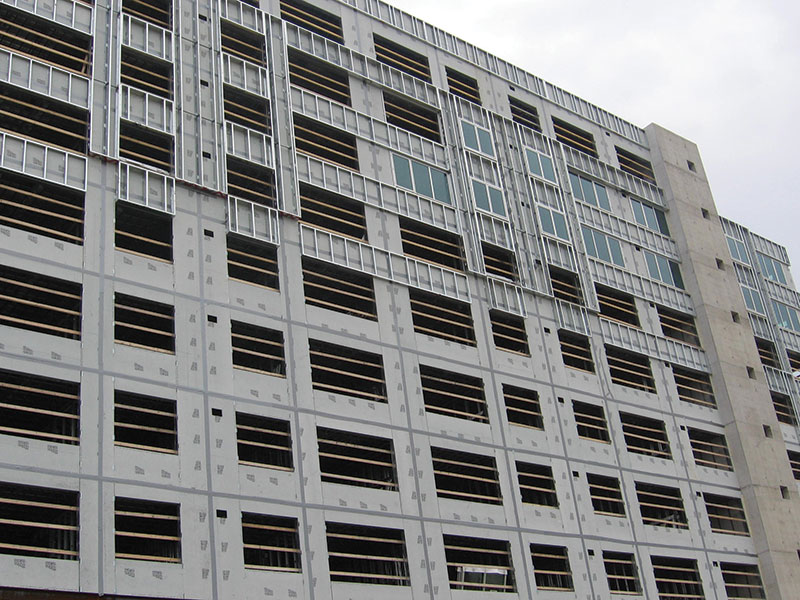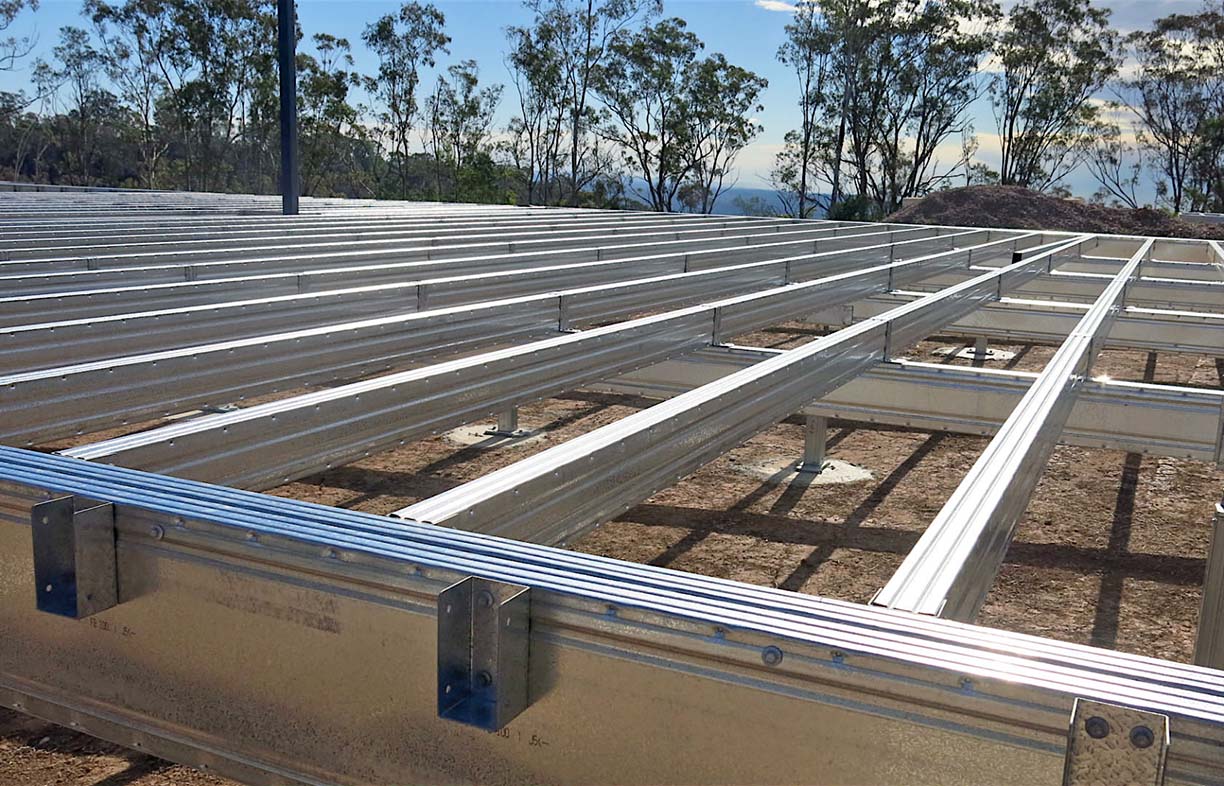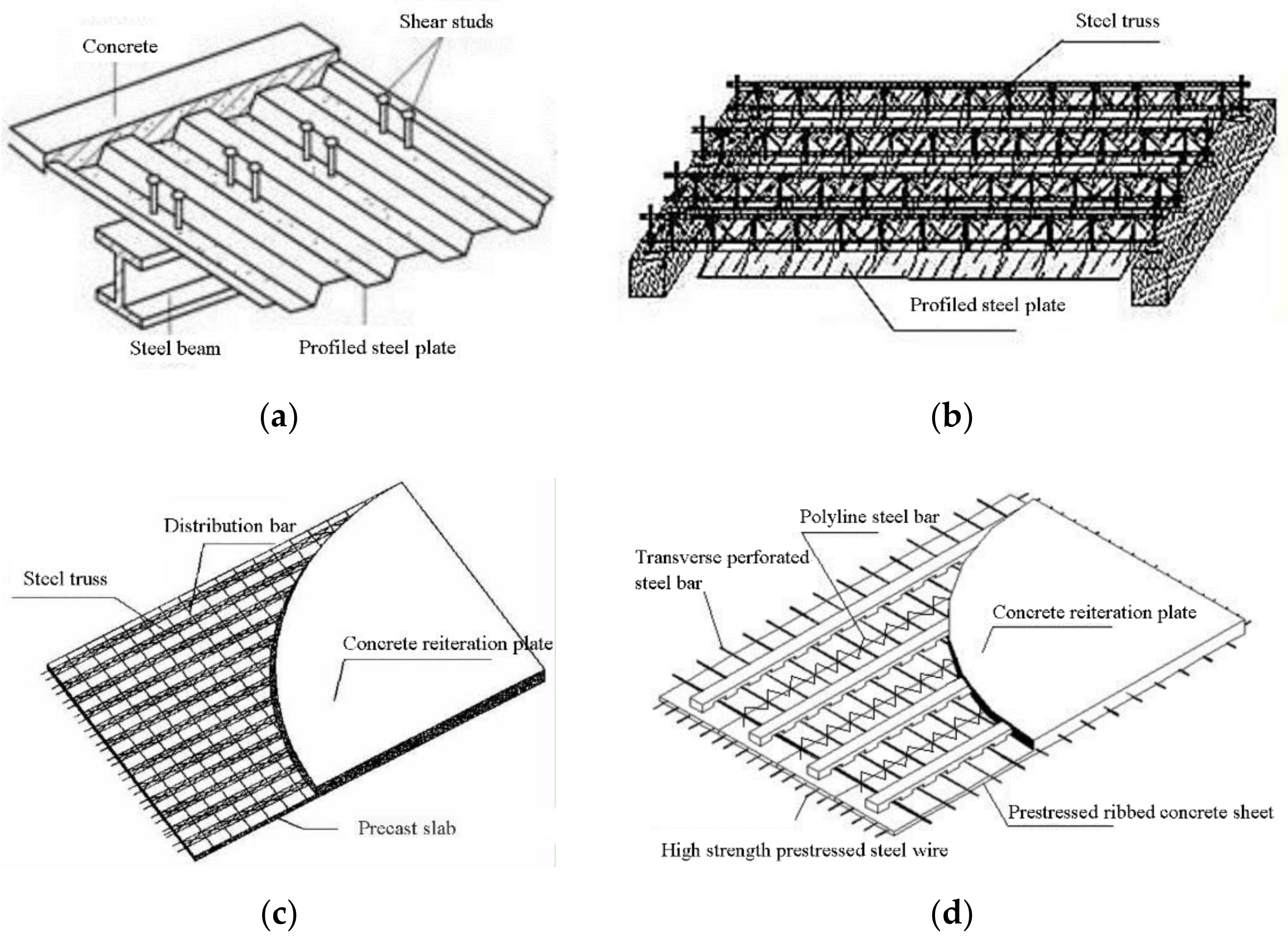
Manufacture of one ton (2000 lbs) of steel from iron ore consumes 3170 lbs of ore, 300 lbs of limestone, 900 lbs of coke (made from coal), 80 lbs of oxygen, and 2575 lbs of air (+/- 7025 lbs total raw materials!). Supplies of some alloying materials, such as manganese, chromium, and nickel are becoming depleted. Low-grade iron ore is plentiful, but high-grade iron ore has been depleted in many areas of the earth. Ore, coal, and limestone are minerals whose mining and quarrying cause disruption of land and loss of wildlife habitat, often coupled with pollution of streams and rivers. Raw materials for steel are iron ore, coal, limestone, air and water. By 1889, when Eiffel Tower was built of wrought iron, several steel frame skyscrapers had already been erected in U.S. Open-hearth method was developed in Europe in 1868 and was soon adopted in U.S. Structural properties of the resulting metal were vastly superior to those of cast iron. Plentiful, inexpensive steel first became available in the 1850s with the introduction of the Bessemer process:Īir was blown into a vessel of molten iron to burn out the impurities.Ī large batch of iron could be made into steel in about 20 minutes. Limitations - unpredictable brittleness of cast iron and relatively high cost of wrought iron.

Cast iron, produced from iron ore in a blast furnace, and wrought iron, iron that has been purified by beating it repeatedly with a hammer, were used for framing industrial buildings in first half of the 19th century. Architects of Renaissance countered thrust of masonry vaults with wrought iron chains + rods. Greeks + Romans used hidden cramps of bronze to join blocks of stone. Metals were rare and expensive materials, produced in small batches for such things as weapons and jewelry.


Prior to beginning of 19th century, steel had little structural role in buildings except in connecting devices.

The drip at the outside edge of flashing functions as a capillary break.Ĭopper and stainless steel are the best flashing materials in masonry walls galvanized steel, aluminum, and lead are unsuitable in masonry construction.
TOP OF COLD FORMED STEEL FRAMING AT WAFFLE SLAB FREE
This creates a drip, allowing water draining from the flashing to drip free of the wall rather than being drawn under the flashing by capillary action and returning into the wall.Ĭapillary action is the pulling of water through a small orifice or fibrous material by the adhesive force between the water and the material.Ī capillary break is a slot or groove intended to create an opening too large to be bridged by a drop of water and, thereby, to eliminate the passage of water by capillary action. ▫Īt the outside face of the wall, the flashing should be carried at least ¾ inch beyond the face of the wall and turned down at a 45-degree angle. If the cavity is backed up by a concrete beam or wall, it may terminate in a reglet, a horizontal slot formed in the face of the concrete. Where an internal flashing crosses the wall cavity, it should be turned up 6 to 9 inches at the back face of the cavity and penetrate the inner wythe by at least 2 inches. Interior flashings are installed by masons as they construct the wall.


 0 kommentar(er)
0 kommentar(er)
